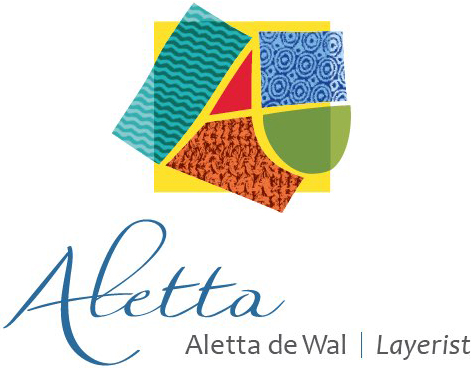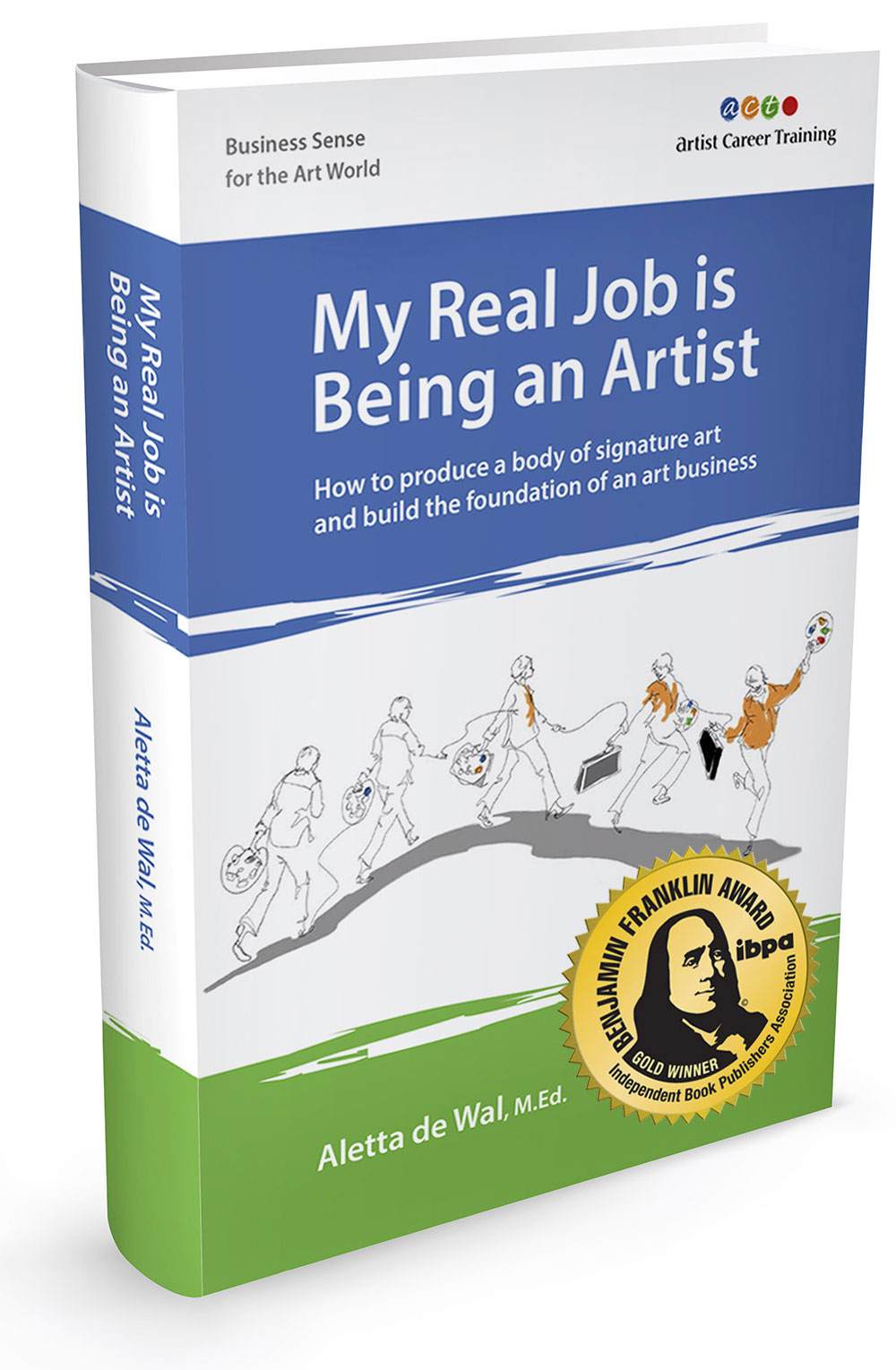Julie Snyder, Scottish Painter and Workshop Leader, 2nd Interview
There is often additional information on the recording that is not in this written interview. Inspire yourself and listen while you make art.
My primary goal in these interviews is to inspire you with stories of people who make a living making art and who consider it a "real job." The artists I interview here have valuable tales to tell you about how to make a living from making art - and still have a life.
No artist who is serious about their profession stands still – least of all self-described ‘vortex” Scottish figurative artist Julie Snyder, an award-winning artist in Southern California’s art scene.
Julie’s career has spanned both sides of the Atlantic. You’ll find her full bio and lots more about her art career in the original interview here.

A.C.T.: What major art, life and marketing milestones mark the time since we last spoke?
One of the goals I talked about last time was to start exhibiting in museums – and I’ve started! The National Art Museum of Sport in Florida awarded my painting “Daily Drill” the gold medal for painting. I chose to paint a female boxer for this painting as women’s boxing was accepted into the Olympics for the first time in London in 2012.
 “The Daily Drill" © Julie Snyder
“The Daily Drill" © Julie SnyderI nurtured a relationship with the museum and was artists of the month for February until May, so they gave me a lot of promotion.
 Award to Julie Snyder
Award to Julie SnyderI was honored to have a painting accepted in the Oil Painters of America’s Summer Salon show. Painted from life in the studio, it was one of those paintings done in a single sitting where I had to capture the human form in a race against the clock, without enough time to “overdo” it. Sometimes merely capturing the gesture with lively brush strokes is so much more compelling than a real academic “tight” painting. I titled it “Interlude” to evoke the original question in the viewer’s mind about what had just occurred with the subject and what might happen next. I like to keep it playful, and Interlude comes from Latin for inter + play.
On a more individual level, I’ve also appreciated the milestones of doing something in my art I had not thought I could do. Seeing a student’s face light up when the surprise of accomplishment happens for them. These too are important milestones.
The last two years have actually been full of major events and transitions for me. This year I am making BIG changes so that next year will move into a more productive phase of my art career.
I am not one for planning things one-at-a-time, each stage brought to completion, before the next, and still have the art career on a daily schedule. I’d rather tackle things head-on and handle them as fast as possible - so I have several things I am working on right now, and once they are handled they will buy me and my family more stability and therefore more time for art.
I have had to address health issues and family issues too. For example - I reconnected with our family business and have had to participate in its restructure as well as physically finding a new location and moving. I wasn’t alone – my family members were very involved. But it has consumed so much of my time and will do until the business is stabilized again.
We are selling our home as it’s no longer the right space for us. It’s going on the market soon. Two out of three children have left home, and I need a larger studio. So my days are spent looking through property ads and seeing houses. I had forgotten how much time is needed to implement these changes.
You have to handle what life brings - but the point is - the goal is to have a more productive art career - that's the entire point of doing this. As soon as I have a window of time, instead of relaxing, I ask, “What can I use this time for?”
A.C.T.: How has your artistic direction developed?
Well the good news is it has been developing – I have plenty of time to think about it. I was actually falling into a rut, I wasn't happy with the pieces I was painting; to me they felt stagnant, but it was hard to – stop. (Falling in a rut is rare for me, by the way.)
I have been doing a weekly painting session with other artists where I hire a live model, and that makes sure that I get into that studio and paint that way.
But, because I have been working on so many non-art issues - I haven’t been spending as much time in the studio; I was on a mini-hiatus. During that time I was still “painting” in my mind, even if rather subconsciously, and made some decisions about the direction of my work.
I’ve always been inspired by Gustav Klimt and his use of background patterns for his figures. I’m now block printing directly onto the canvas as a backdrop and then layer and use a variety of tools to have random activity behind an exquisitely painted figure.
I also take painting and ceramics classes from other artists, who are also great teachers, to take me out of my own shell and routines. This helps my art and my teaching. You can never stop learning.
Now I can’t wait to get into the studio and get painting and try out these new ideas for my work.
A.C.T.: What are your top business goals for the next year?
- To show in more places, have more galleries around the nation in different regions. And in Europe. I heard a statistic (unverified) that about 70% of all art sold is sold there.
- More classes: I love to teach and will be starting an evening figure painting class in northern Los Angeles. I like to do intensive 3-day classes on color, for example.
- More weekend workshops: As the programs director of The Art Engine we will be offering skills like photographing art, social media.
- The Art Engine will also be offering “The Art of Selling Art” workshops with curator and artist representative Margaret Danielak on a more frequent schedule in our local area and So Cal.
- I have other collaborations planned. I love working with other professionals and sharing anything that will support artists and help them create more art.
A.C.T.: What is your current art marketing strategy?
The main goal is to find ways to reach my collectors, students and artists to attend workshops. Each art business area is different, but the strategy is similar and ultimately the goal is the same - to get someone to sign-on as a student, or collect my art.
I am on the lookout to discover opportunities to reach people en masse – like social media, press release, or cross promotion - and I inform my own contact list. Then to I try to engage on a personal level.
So it’s an outreach that starts off to connect with as many people as possible, reaching broadly – then focusing in and on the target audience – then making personal contact. You find out what they are looking for and solve that.
Examples:
- With my artwork, I reach out to the gallery directors to find ways of staging an event, or we work together to make a meaningful event that connects to their collector base. This could mean I show up to do a painting demonstration coordinated with an opening. So before the event we use a press release, Facebook, announcements etc. Next I make personal contact by sending custom note cards, e-Invites, emails etc. Then at the actual event - I make sure I try to connect with every guest.
- With students, it’s Facebook, e-blasts and then personal contact.
- With workshops, it’s promoting through established websites and online avenues. Followed by Facebook, eBlasts and newsletters and then personal contact.
My main source of income comes from people I already know or who have bought from me before. I make sure I stay in personal contact with them about my events.
A.C.T.: What major projects have you completed in the last year?
- I’ve been solidifying workshops in Europe from a hand picked group of artists to more diverse groups. I added art lovers to the group through collaboration with a gallery dealer.
- I created a new web site for my workshops in Provence.
- I have several large projects that are in progress, not really art related – only that they need to be completed, so I can get back to my art full time. Ask me again in 18 months.
A.C.T.: What changes have you experienced in the art market and how have you navigated them? What lessons have you learned?
The market is ever evolving. There are more avenues than ever to buy and sell art - galleries, museums, street fairs, group shows, paint-outs, Etsy, Ebay, Daily Painting, websites, LinkedIn, Twitter, Facebook, Pinterest and Instagram to name but a few.
I am primarily a gallery artist, so I concentrate on which of them work for me, based upon my willingness to be consistent, my gallery relationships and my technical abilities.
My skills and abilities don't include speed typing. This lessens the effectiveness of extensive writing - so blog posts and LinkedIn are not the best vehicles for me. On the other hand, Twitter, Pinterest and Instagram are easy for me. I quickly learn the etiquette of each area and use that to create smart marketing that is not simply blowing my own horn, but to create a following.
I have learned that what may have worked yesterday may peak and lose its audience. Everything evolves.
A.C.T.: Based on your involvement in the A.C.T. program and community of professional artists, how can other artists benefit from getting involved in our programs and coaching services?
Art is a business. Artists take their art very personally. Sometimes this gets in the way of making sales. By becoming informed and educated in how art careers and art sales are made - the artist can really benefit. More importantly, educated artists can separate their personal and professional attitudes.
Sadly I have seen artists give up when they are so close to achieving a forward step. With that in mind, having guidance saves artists expending resources on things that are a waste of time and money. It also creates a game in life where you can win at having an art career. Best game in town.
The first step is getting the information and coaching needed to succeed. I have learned it is too easy to underestimate the amount of effort it takes to do anything well.
When you have training, you have knowledge.
When you have knowledge you are prepared to meet opportunities that arise.
I highly recommend that artists avail themselves of the training, knowledge and hands-on support that Artist Career Training has to offer. You can help artists select the best opportunities that are appropriate for their goals.











